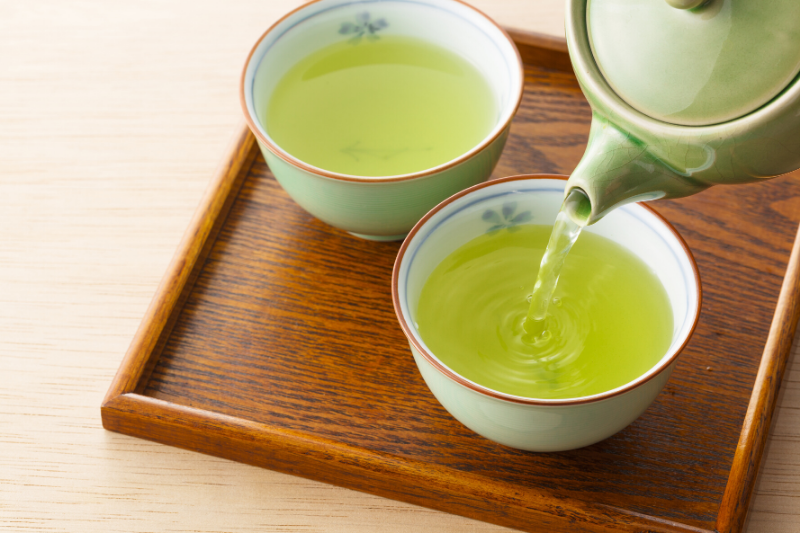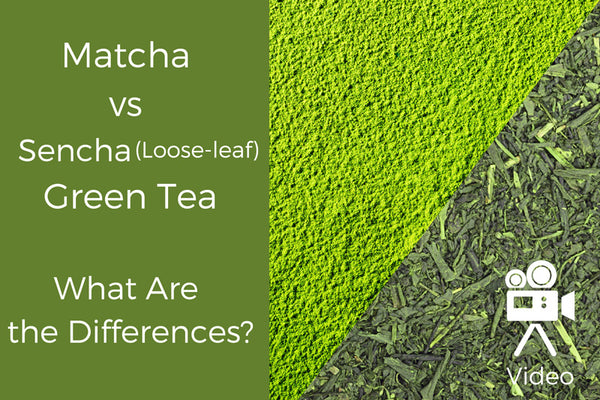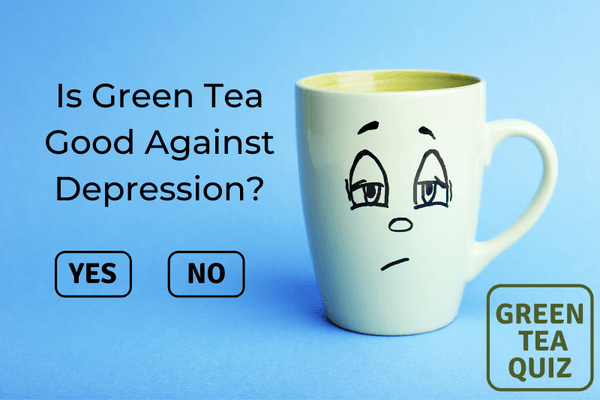What is Shincha - New Crop Tea and What Makes them Unique?

What is Shincha?
The complicated world of tea is complicated! Thankfully, however, as tea lovers, it's ultimately to our benefit. In fact, it seems hard to imagine that anything is more complicated than the plethora of teas available at our fingertips in our local grocery store on right here, online. With that being said, there are important distinctions to be made that help guide you to the best products to fit your need(s). One of those distinctions is to understand the importance of ichibancha (一番茶) or Shincha(新茶) or “first tea”. Let’s take a deeper look into what makes “first tea” unique and special.
First tea refers to the entire first harvest of the season. Japan’s geographical and topographical landscape makes its tea season straightforward with harvest beginning generally in April and extending into May. The southern tip of Kyushu having first dibs on harvest with tea farms extending just north of Tokyo on the Kanto plain. Japanese harvests can extend to October in some places and is often noted as 四番茶 or yonbancha or “fourth tea”. It seems odd at first that such classifications between first and fourth tea are required. There are, however, notable reasons as to why.

What makes Ichibancha unique?
The tea we are talking about comes from the tea plant camellia sinensis. Yes, gyokuro and sencha, for example, share the same tea plant. Tea plants, north of Tokyo for example, are modified to withstand cooler temperature and are often darker in appearance. Tea plants across parts of Japan withstand winter temperatures with the tea buds idling for warmer temperatures generally reached in march. The buds begin to develop their new leaves and the year’s first harvest is set in motion. Upon the development of the year’s first leaves, ichibancha or first tea can take place. Farmers will begin to harvest the tea leaves. Often tea leaves are quickly moved to processing plants given that the process of oxidation begins immediately after and begins changing the leaves. Imagine you cut up an apple and leave it on the counter for several hours, this same process affects the leaves. There are, of course, farmers who allow oxidation to take place to some degree. In fact, oxidation can be a critical part in determining the type and quality of tea produced.
Beyond the degrees of concern from oxidation, ichibancha’s uniqueness is further defined by its aroma and chemical makeup: The tea buds are able to “build” up nutrients and a chemical make up distinct from its later counterparts. Ichibancha contains approx. 3 times more theanine than it’s brother, nibancha. Theanine is typically what provides sweetness to the leaves.
Why is 88th day important?
The first harvest is further buttressed with a unique Japanese tradition. Hachijuhachiya or 88th day is the 88th day of spring counted down from risshun, or early February. Because Hachijuhachiya has been carried from the traditional pre-western Japanese calendar, risshun marks the beginning of spring and doesn’t necessarily fall on a set date year in and year out. Around May 2nd, tea buds begin to sprout and tradition holds that if you were to drink from those leaves, you will be protected from paralysis. On Kyushu, there are several important markets that sell this specific tea, with an area in Nagasaki stating that if you’re blown by tea market wind you will be protected from sickness all year. Ichibancha has immense traditional importance and further distinguishes itself in biochemical makeup.
If you’re ever visiting Japan or searching the market for tea through the spring season, ichibancha is not only something you’ll likely come across but it’s something to add to one’s tea portfolio. It’s unique for the reasons stated above but more than that, it will set apart an aroma and flavor you won’t experience for the remainder of the year. Yes, tea is complicated and this is why so many of us love it.
BUY 2020 FIRST CROP JAPANESE GREEN TEA
Related Articles You May Be Interested In
Also in Japanese Green Tea Lovers in India

TYPES OF TEA: MATCHA VS SENCHA GREEN TEA: WHAT ARE THE DIFFERENCES?
When it comes to different types of tea, matcha and sencha green tea are two many people have questions about! Get answers in this post.

Is Green Tea Good Against Depression?

What is the best way to store your matcha & Japanese green tea?
5 Essential Storage Rules for Matcha and Japanese Green Tea
Read on to learn how to store matcha the proper way to ensure that you get the most out of this ancient elixir.

































